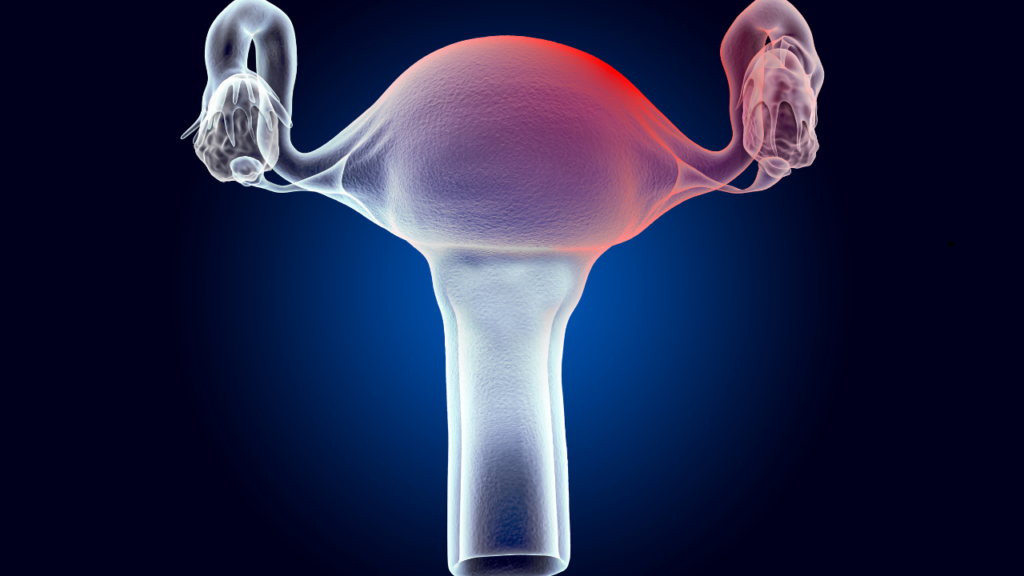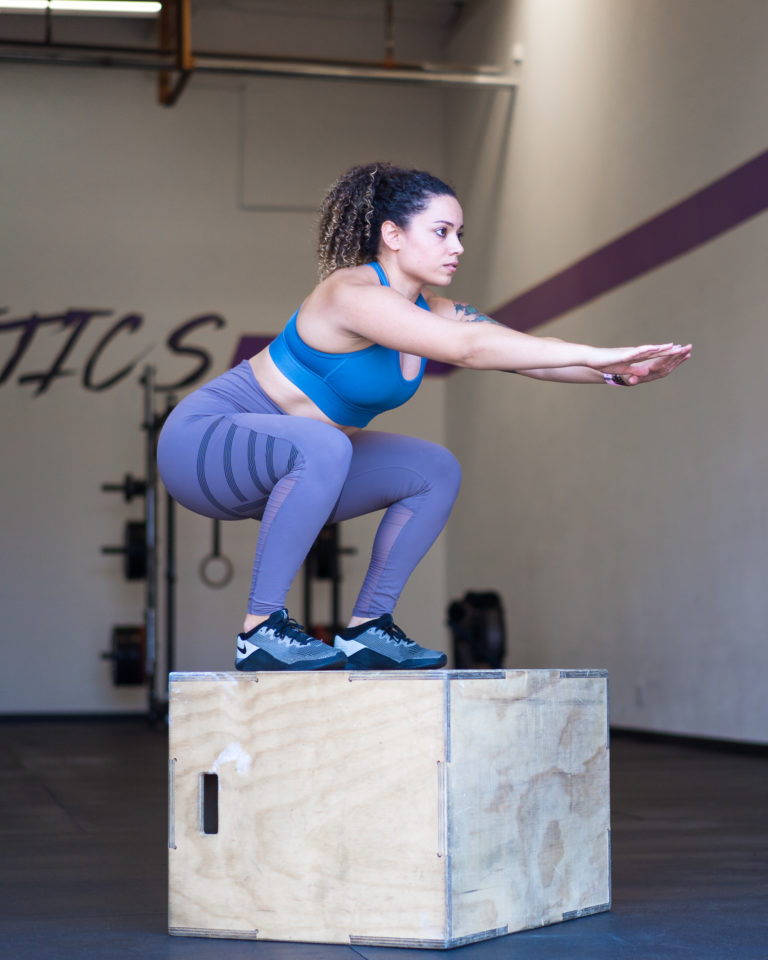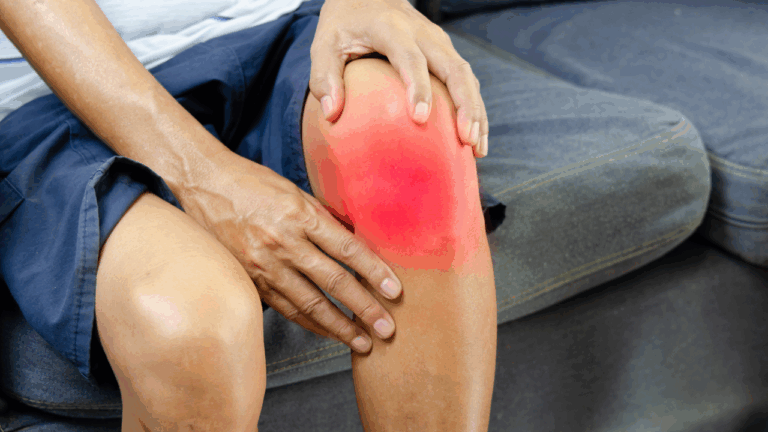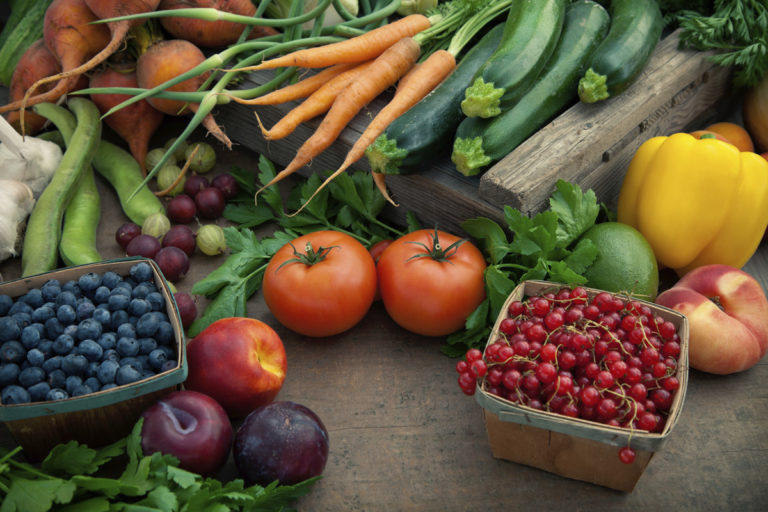The Phases of Your Menstrual Cycle: A Complete Guide for Women

The menstrual cycle is an essential aspect of a woman’s reproductive health, but it also influences many other facets of well-being, including mood, energy levels, metabolism, and performance.
Understanding the different phases of your menstrual cycle can help you optimize your fitness, nutrition, and overall health by aligning your lifestyle with your body’s natural rhythm.
The menstrual cycle is typically divided into four main phases: the menstrual phase, follicular phase, ovulation, and luteal phase. However, for a deeper understanding, we will break down the follicular and luteal phases into more detailed segments, exploring how hormones fluctuate throughout these stages and how they affect your body.
1. Menstrual Phase (Day 1-7): Period Week
The menstrual phase marks the start of your cycle, beginning on Day 1 of your period. During this phase, the lining of the uterus (endometrium), which thickened in preparation for pregnancy, is shed if fertilization hasn’t occurred. This results in menstrual bleeding, which typically lasts between 3 to 7 days, depending on the individual.
What’s Happening with Hormones:
- Estrogen and progesterone levels are at their lowest during this time. These low hormone levels can contribute to fatigue, low energy, and even mood swings.
- The hypothalamus signals the pituitary gland to produce follicle-stimulating hormone (FSH), which helps stimulate the growth of follicles in the ovaries. One of these follicles will mature into an egg for ovulation later in the cycle.
How It Affects You:
- Energy levels are usually lower during your period, and some women may feel fatigued or sluggish.
- Cramping, bloating, and discomfort can be common due to the shedding of the uterine lining.
Tips:
- Remember that movement can often actually improve how you’re feeling – if you’re up for it, head to the gym and see how you feel once you’re there.
- Stay hydrated and prioritize nutrient-dense foods to replenish the body’s energy reserves.
2. Follicular Phase (Day 1-14): Hormonal Build-Up
The follicular phase starts on Day 1 of your cycle (the first day of your period) and lasts until ovulation (around Day 14 in a typical 28-day cycle). This phase is all about preparing your body for a potential pregnancy by promoting the development of an egg within the ovaries.
Week 1 of the Follicular Phase (Days 1-7): Period Week
- As mentioned earlier, the first week of the follicular phase overlaps with your period. Hormone levels are low, but FSH begins to rise, encouraging the growth of ovarian follicles.
- Estrogen levels gradually begin to increase toward the end of your period.
Week 2 of the Follicular Phase (Days 8-14): Preparing for Ovulation
In the second week of the follicular phase, estrogen levels continue to rise, stimulating the thickening of the uterine lining in preparation for possible implantation of a fertilized egg. As estrogen increases, the body feels more energized and balanced.
What’s Happening with Hormones:
- Estrogen rises significantly, peaking just before ovulation. This hormone promotes the development of the uterine lining and supports overall feelings of well-being.
- FSH continues to help follicles grow, and eventually, one dominant follicle will mature into an egg.
- Luteinizing hormone (LH) levels surge toward the end of this phase, triggering ovulation.
How It Affects You:
- Energy levels are higher, and mood tends to improve as estrogen rises. You may feel more motivated and focused during this time.
- You may also experience improved endurance and strength during workouts, making this a great time for intense training.
Tips:
- Take advantage of this high-energy phase by scheduling more challenging workouts or pushing for personal bests.
- Since estrogen promotes muscle recovery, don’t shy away from heavy lifting if it’s on your program!
3. Ovulation (Around Day 14)
Ovulation typically occurs mid-cycle and is the process of the mature egg being released from the ovary into the fallopian tube. This is the fertile window, lasting about 24-48 hours, during which pregnancy can occur if the egg is fertilized by sperm.
What’s Happening with Hormones:
- Estrogen peaks just before ovulation, and the LH surge triggers the release of the egg.
- After ovulation, progesterone levels start to rise as the body prepares for a potential pregnancy.
How It Affects You:
- Many women feel their most confident and energized around ovulation due to the peak in estrogen.
- Some women may notice physical signs of ovulation, such as increased cervical mucus, mild cramping, or a heightened libido.
Tips:
- Listen to your body and take advantage of this high-performance window in your workouts and daily tasks.
- Since this is a fertile time, women who aren’t trying to conceive may want to be particularly mindful of birth control methods.
4. Luteal Phase (Day 15-28): Winding Down
The luteal phase begins after ovulation and lasts until the start of your next period. During this time, your body either prepares for pregnancy (if the egg is fertilized) or begins to wind down for the next cycle. For many women, the luteal phase can be challenging due to the rise and fall of progesterone and estrogen.
Week 1 of the Luteal Phase (Days 15-21): Early Luteal Phase
- After ovulation, the ruptured follicle transforms into the corpus luteum, which produces progesterone. This hormone is crucial for preparing the uterus to support a fertilized egg.
- Estrogen rises slightly, but progesterone is now the dominant hormone.
Week 2 of the Luteal Phase (Days 22-28): Late Luteal Phase (PMS Week)
- If pregnancy does not occur, progesterone and estrogen levels drop significantly as the corpus luteum breaks down. This leads to the shedding of the uterine lining, which triggers your period.
- These hormone fluctuations can lead to premenstrual syndrome (PMS) symptoms, such as mood swings, irritability, bloating, and cravings.
What’s Happening with Hormones:
- Progesterone peaks in the first week of the luteal phase, promoting relaxation, better sleep, and a sense of calm.
- As progesterone drops in the second week, PMS symptoms may arise due to the sudden hormone decline.
- Insulin sensitivity decreases during the luteal phase, meaning your body may have more difficulty regulating blood sugar levels. This can lead to increased cravings for carbohydrates and mild insulin resistance.
How It Affects You:
- Many women feel more fatigued and less motivated during the luteal phase, especially in the second half. Workouts may feel harder, and endurance can dip.
- The drop in serotonin due to lower estrogen can cause mood swings, irritability, or even mild depression.
- Increased cravings and a possible need for more calories occur due to lower insulin sensitivity and the energy demands of the luteal phase.
Tips:
- Honor your body’s needs: It’s natural to crave more carbohydrates during this phase, so consider adding complex carbs like sweet potatoes, quinoa, and whole grains to your diet to help stabilize blood sugar levels.
- You may also benefit from increasing your calorie intake by about 100-300 calories per day to match your body’s increased energy needs.
Conclusion
Understanding the different phases of your menstrual cycle and how hormone fluctuations affect your body can empower you to optimize your fitness, nutrition, and self-care routines.
From taking advantage of the high-energy follicular phase to nurturing your body during the more challenging luteal phase, tailoring your lifestyle to your cycle can lead to better performance, fewer PMS symptoms, and improved overall well-being.
Did you know as a CFT athlete we give our athletes hormone tips in their training to help them crush each and every day. Ready to follow kick ass programming that gets you results, while also being part of an incredible all woman’s community? Check us OUT!







